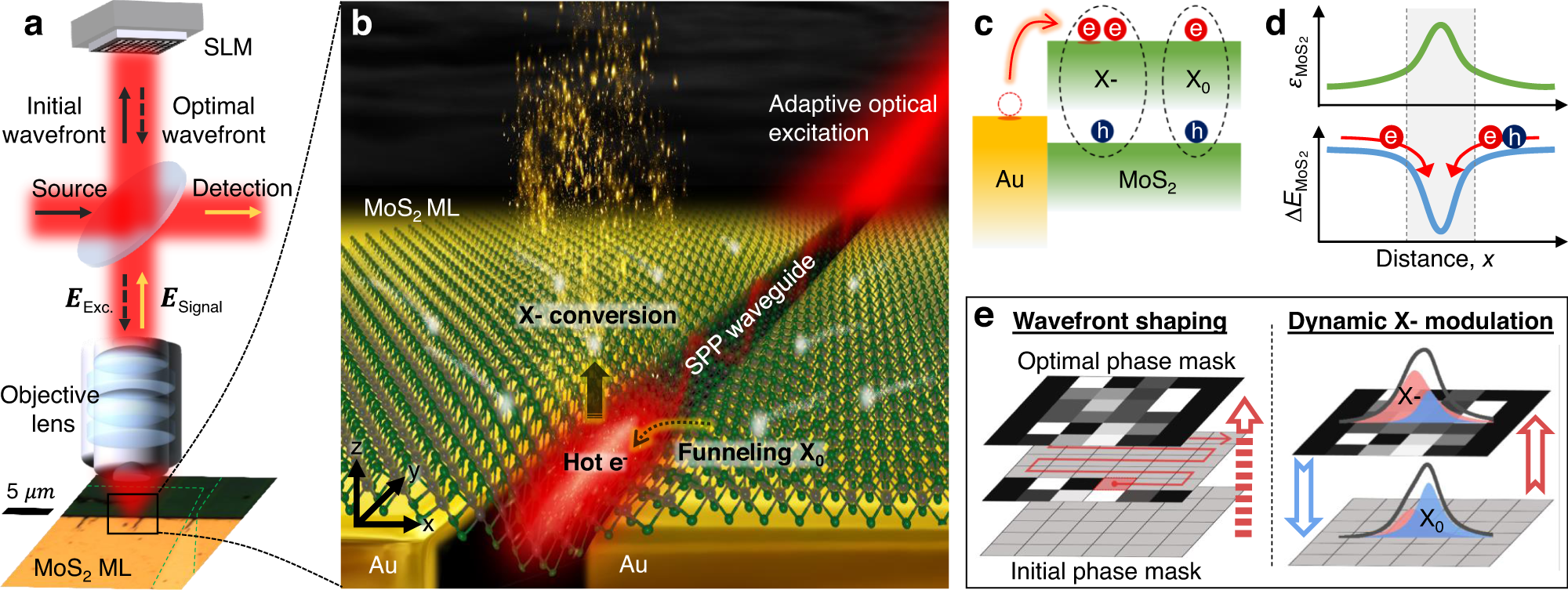
Imagine a scenario where you simply just throw a pill in a liquid to identify a problem—this is now one step closer to reality thanks to the work done by researchers at Fraunhofer IZM in cooperation with Micro Systems Technologies (MST) and Sensry GmbH. As small as a piece of candy, the waterproof IoT sensor can reliably measure the properties of liquids even in hard-to-reach places. This can make the maintenance of industrial machines much easier and even help to identify diseases.
The larger an industrial machine, the more difficult it is to troubleshoot malfunctions by detecting unwanted oil pressure deviations or even line leaks from the outs...
Read More








Recent Comments